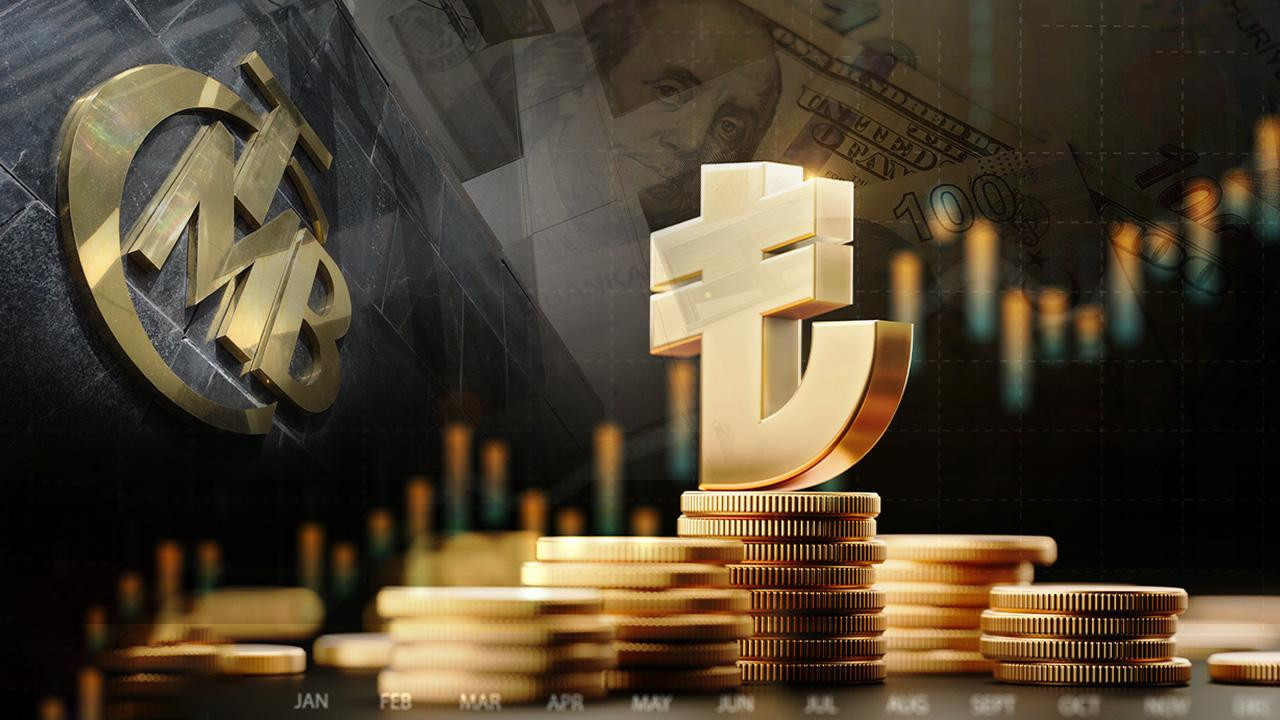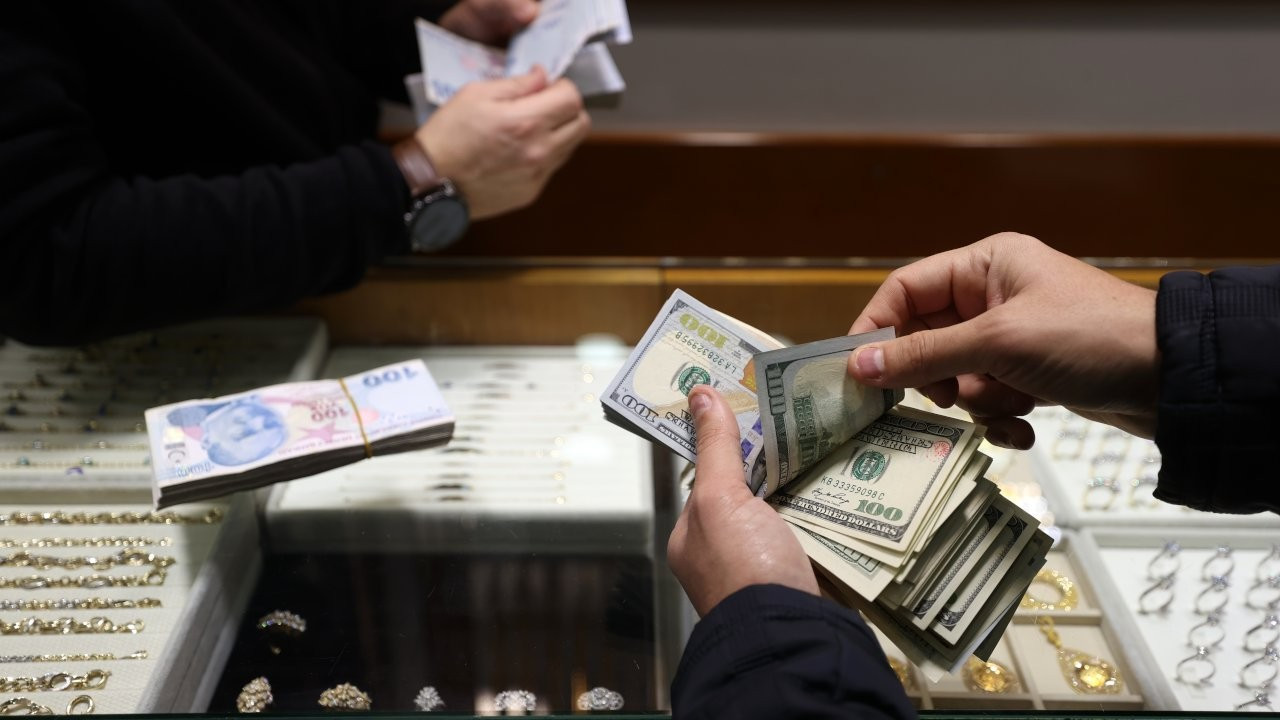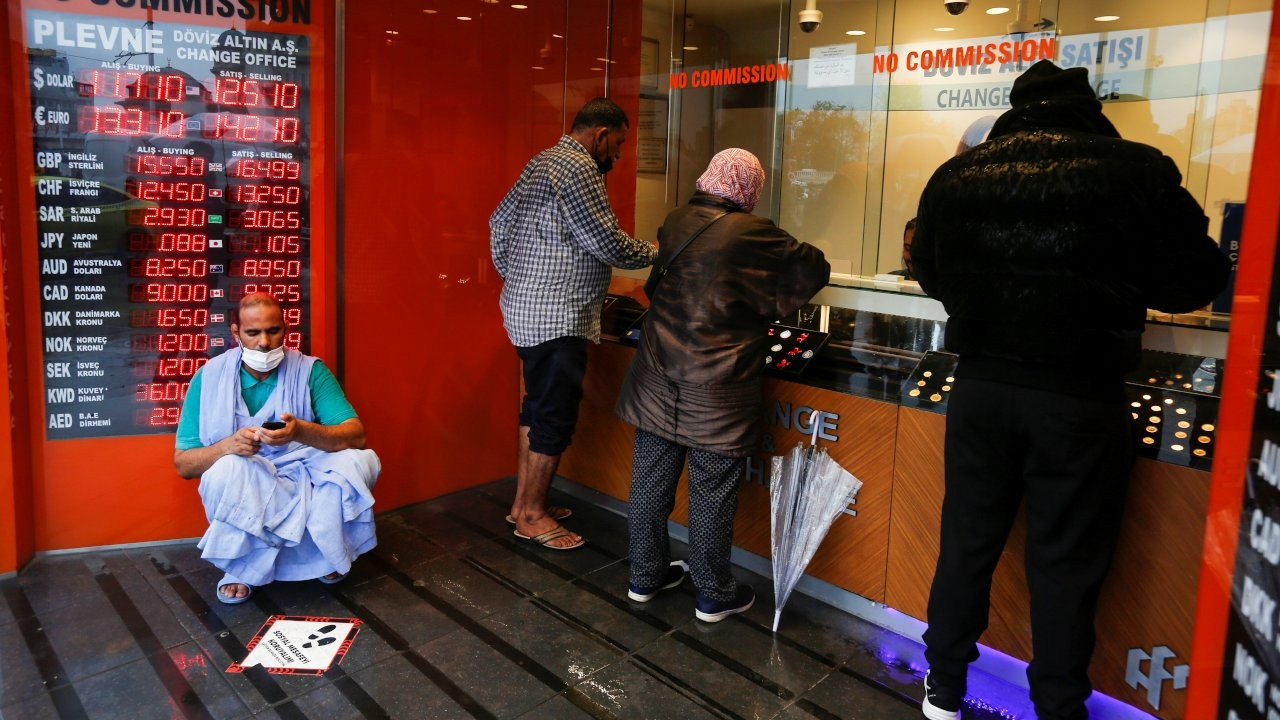Turkish lira falls to a record low beyond 23 per dollar
The lira on June 7 fell to a record low beyond 23 per dollar as Turkey's state lenders halted dollar sales, in a sign that the government is loosening its grip on the foreign exchange markets.
Reuters
Turkey's lira plunged 7% to a record low on June 7 in its biggest daily selloff since a historic 2021 crash, as the newly-elected government appeared to loosen stabilising measures in its pivot to more orthodox policies.
The lira has come under pressure since President Recep Tayyip Erdoğan was re-elected on May 28. It stood at 22.98 against the dollar at 07.35 GMT.
Earlier it touched a record low of 23.16, bringing its losses this year to more than 19%.
Erdoğan announced his new cabinet at the weekend and named Mehmet Şimşek, a former deputy prime minister who is well regarded by foreign investors, as finance minister. Şimşek later said economic policy needed to return to "rational" ground.
Markets are also waiting for the appointment of a new central bank governor to replace Şahap Kavcıoğlu, who spearheaded rate cuts under Erdoğan's unorthodox policies.
"We are seeing policy normalisation play out," said Tim Ash at BlueBay Asset Management.
"I think we are seeing the impact of Şimşek pushing (the Turkish central bank) for rational policy."
For much of this year, authorities have taken a hands-on role in foreign exchange markets, using up tens of billions of dollars of reserves to hold the lira steady.
Bankers say the lira's continued gradual depreciation will lead to improved market conditions and halt a decline in central bank reserves.
"The lira is getting closer every day to a level that will not need to be defended with reserves. I expect losses to continue for a while," a forex trader said, adding sharp intraday losses show the currency is nearing "expected levels."
Some analysts expect the lira to weaken towards a range of 25-28 against the dollar.
RETURN TO ORTHODOXY
Under pressure from Erdoğan, a self-described "enemy" of interest rates, the central bank slashed its policy rate to 8.5% from 19% in 2021 to boost growth and investment. But it sparked a record lira crisis in December of 2021 and sent inflation to a 24-year high above 85% last year.
The return of Şimşek, who was finance minister and deputy prime minister in 2009-2018, signalled a move away from the unorthodox rate cuts despite high inflation that have sparked a more than 80% erosion in the lira's value in five years.
Erdoğan is considering appointing Hafize Gaye Erkan, a senior finance executive in the United States, as central bank governor, Reuters reported on June 5. Erkan met with Şimşek in Ankara on June 5.
Erkan would be the country's fifth central bank chief in four years, after Erdoğan fired previous governors as part of frequent policy pivots.
Turkish authorities are now hoping foreign investors will return after a years-long exodus, but market watchers cautioned that Erdoğan turned to conventional policies in the past only to change his mind shortly after.
"Even without political interference, the process of getting Turkey onto a sustainable path is going to be turbulent, and likely involves substantial devaluation and higher yields," said Paul McNamara, director of emerging market debt at asset manager GAM.
"We think fair value for the lira is probably 15% or so lower, but containing a devaluation without substantial external support is going to be a desperately difficult task," he said before June 7's decline.
"Orthodoxy would involve (above all) allowing the lira to find a sustainable level without intervention and abandoning the de facto capital controls currently in place."

 Turkish central bank's net forex reserves fall below zero after 21 yearsEconomy
Turkish central bank's net forex reserves fall below zero after 21 yearsEconomy Turkish lira tumbles past 13 per dollar again amid economic uncertaintyEconomy
Turkish lira tumbles past 13 per dollar again amid economic uncertaintyEconomy Turkish lira in freefall after Erdoğan stokes firesaleEconomy
Turkish lira in freefall after Erdoğan stokes firesaleEconomy